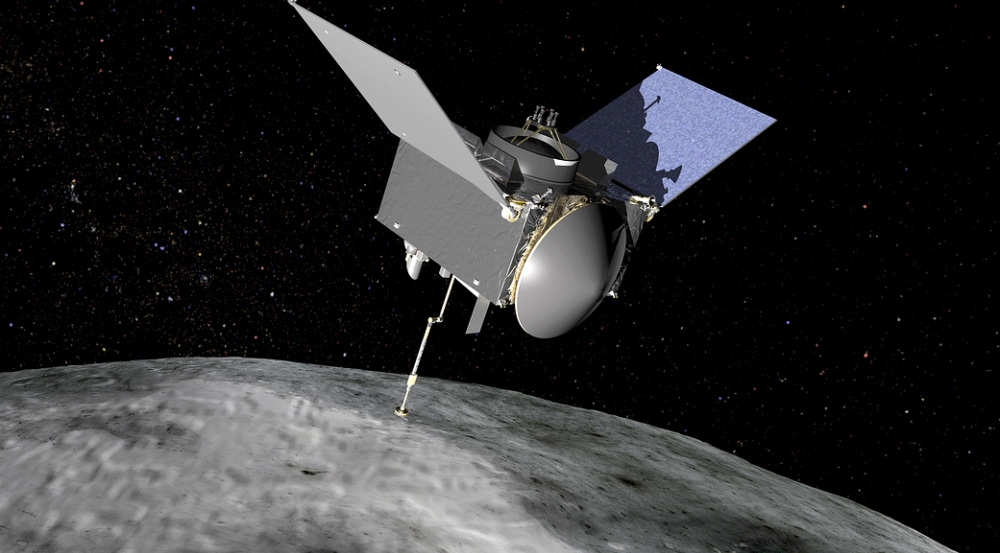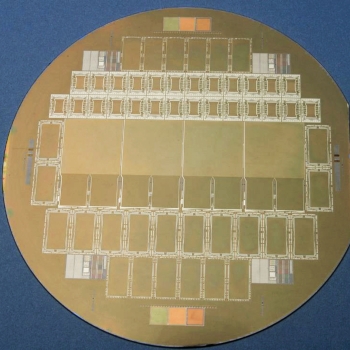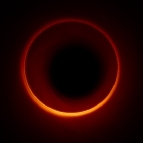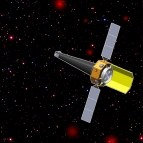Charge-Coupled Devices for REXIS on OSIRIS-REx

The NASA spacecraft OSIRIS-REx was created to visit the asteroid Bennu, discovered in 1999 by the LINEAR project using Lincoln Laboratory's charge-coupled devices (CCDs), to examine its surface and bring back samples for analysis on Earth in 2023. One instrument aboard OSIRIS-REx is the MIT-developed Regolith X-ray Imaging Spectrometer (REXIS), which will map the composition of Bennu by measuring the unique signatures of fluorescent X-rays emitting from elements on Bennu's surface.
A team of Lincoln Laboratory researchers developed the highly sensitive, solar-blind CCDs on REXIS for imaging these X-rays. To filter out visible and near-infrared light, these CCDs utilize aluminum optical blocking filters that are deposited directly onto the CCD. This new, Laboratory-developed technique not only increases the performance of X-ray CCDs but also lowers the cost of building X-ray imagers. With the ability to take clean X-ray images, REXIS can help scientists understand Bennu's carbon-rich properties. This information can add to the wealth of insight scientists hope to gain from the samples retrieved by OSIRIS-REx.




